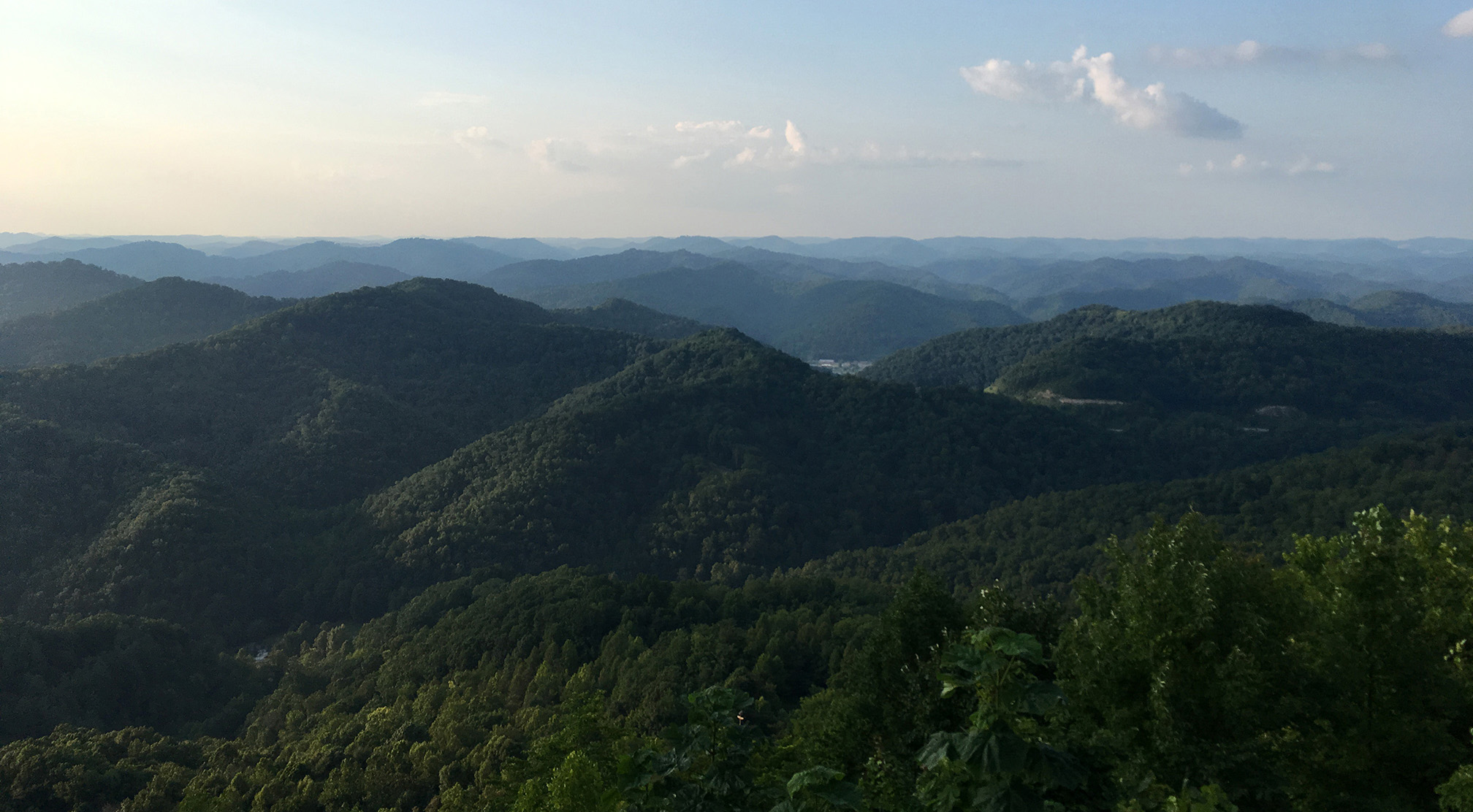
Climate Change and Regenerative Land Use Practices
The Realities of Climate Change
Last week, the White House released the U.S. Climate Report, which details the devastating current and future economic, environmental, cultural, and public health costs of climate change. The report’s findings stand in stark contrast to the Trump Administration’s willful ignorance about climate change science. It’s policy directives – like putting a price on greenhouse gas emissions, regulating greenhouse pollution, and publicly funding clean energy research – aren’t likely to become an agenda for the current administration.
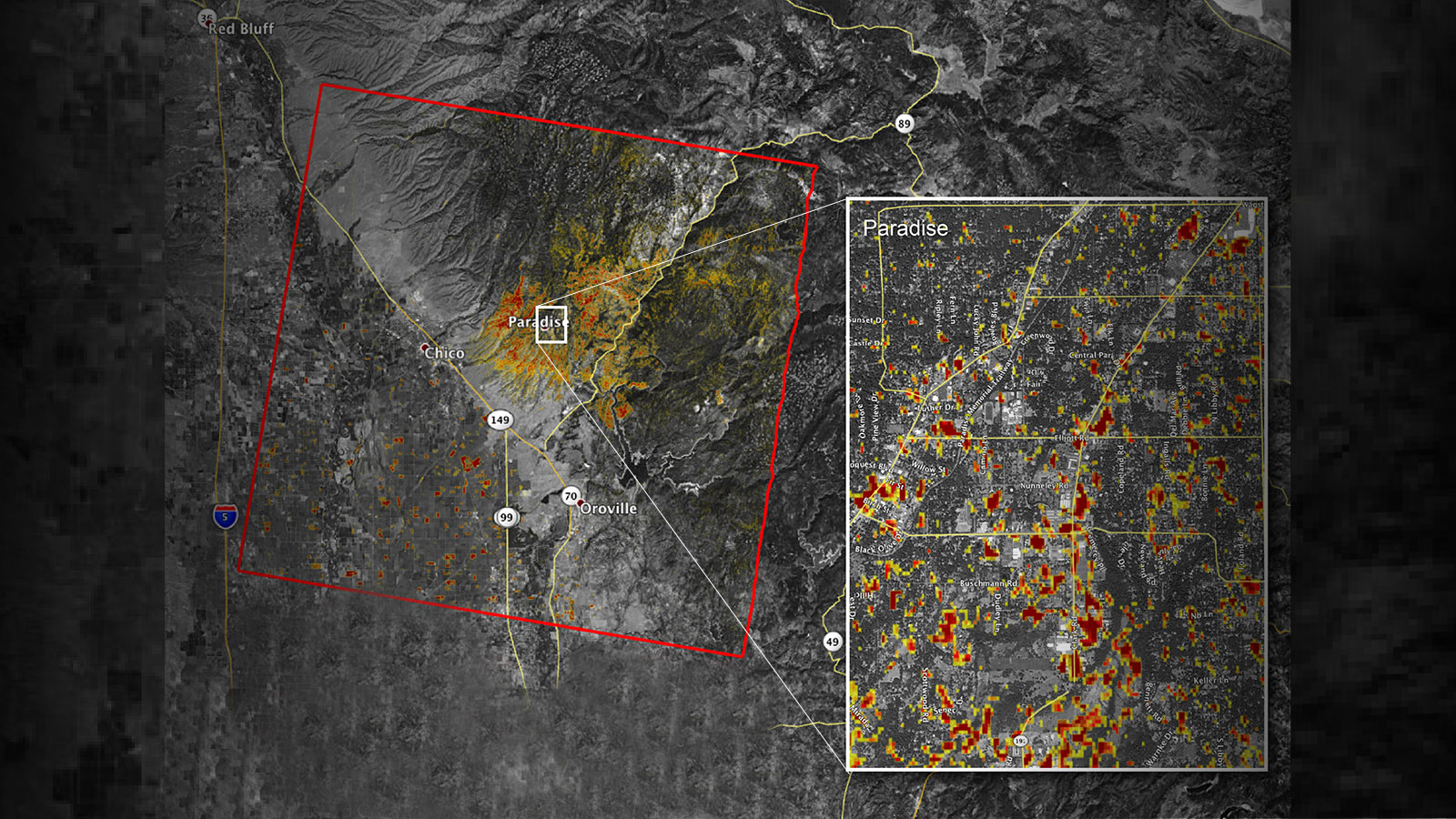
This comes on the heels of another report by the Intergovernmental Panel on Climate Change (IPCC), released in October, which explores the implications of a 1.5˚C or greater rise in global temperature averages. (A link to the summary document for policy makers can be found here). The ecological and social costs our planetary community will pay with this increase are grim, especially in the Global South.
With predictions of devastating depletion of coral reef ecosystems (70-90%) and many millions of climate refugees, there is much to mourn. The losses to biodiversity, beloved landscapes, agricultural systems, and human communities are unavoidable – the result of 150 years of extractive capitalism fueled by coal and oil under the ‘leadership’ of the Global North. If we are to avoid the even more cataclysmic consequences of exceeding the 1.5˚ threshold, including massive losses in arable land and water resources, all of us in positions of influence must dedicate ourselves to taking decisive and sustained action.
These actions must include preparing our physical, civic, and emotional infrastructure for climate adaptation – that is, adjusting to the realities of sea level rise, species loss, and human migration. However, with 12-20 years before even greater temperature increases become inevitable, local and global policy makers, business leaders, citizens, and activists must focus on climate mitigation. That means transforming destructive systems into regenerative systems in all sectors of life and economy.
Potential Solutions
Despite political and systematic roadblocks to change laid by entrenched political and financial interest groups, there is good news. Recent works such as Project Drawdown and The Carbon Farming Solution show that farmers, forest managers, and land use planners can enact practices that sequester carbon, increase ecological integrity, and enhance agricultural resilience to climate change with technologies we have today – without having to wait for multi-national consensus or top down solutions.
In a recent op-ed in the Washington Post, author and journalist Erik Hoffner describes how low-tech land use strategies like agroforestry, or ‘forest-mimicking agriculture’, are not only more cost effective than carbon engineering efforts, but also directly benefit communities experiencing the worst impacts of climate change.
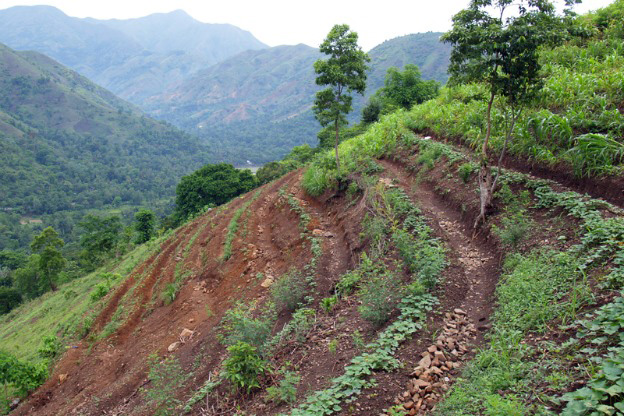
In some places, especially in tropical and subtropical regions of the world, agroforestry and other climate stabilizing land stewardship systems have been practiced for millennia by indigenous communities. These systems create rich agro-ecologies that have met human needs and created highly functional ecosystems. Elsewhere, in areas where colonialism and extractive capitalism have degraded the cultural and ecological fabric, these systems are being introduced and adapted to regenerate ecosystems and communities.
Scaling Up Agroforestry in Coal Country
One place where agroforestry has great promise to demonstrate climate mitigation and re-knit the fabric of place is in Appalachian coal country, where mountaintop removal has devastated forest ecosystems, indigenous communities, and emergent cultures. Here, a partnership between Regenerative Design Group (RDG) and Appalachian Groundswell – a social enterprise created to restore ecosystems and communities through stream mitigation banking on post-mine lands – is exploring ways to establish agroforestry systems on lands most impacted by surface mining.
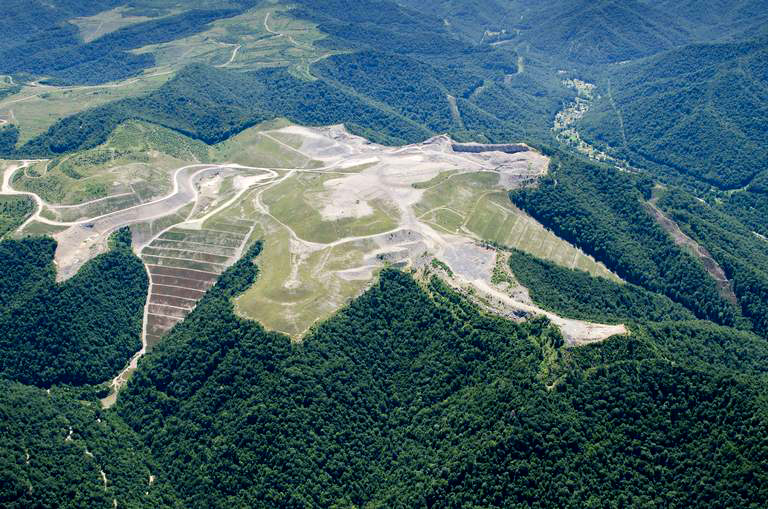
Since the late ‘70s, the federal Office of Surface Mining Reclamation and Enforcement (OSMRE) has overseen reclamation activities for shuttered mines. Critics of the OSMRE say that many reclamation efforts have been myopic, only aiming to cover up the scars of mining rather than bringing back some measure of health to denuded ecosystems and communities. In recent years, organizations like Appalachian Headwaters, Green Forests Work, and Reclaim Appalachia have formed throughout Appalachian coal country in order to demonstrate a more holistic approach to post mine lands by building soils, cleaning waterways, planting forests, growing food, and creating jobs where damage has been greatest.
Appalachian Groundswell (AG) is adding to those efforts. To date, AG has focused on working with regulatory authorities like the Army Corps of Engineers to conduct stream restoration on qualifying land. Inspired by conversations with RDG’s Jono Neiger, they have begun exploring how agroforestry production can integrate with restoration efforts to multiply the beneficial impacts for both rural communities and regional ecosystems. Together, AG and RDG are developing a pilot agroforestry restoration project in Letcher County, Kentucky with the hope that this model will become an accepted and replicable land management practice for stream restoration projects.
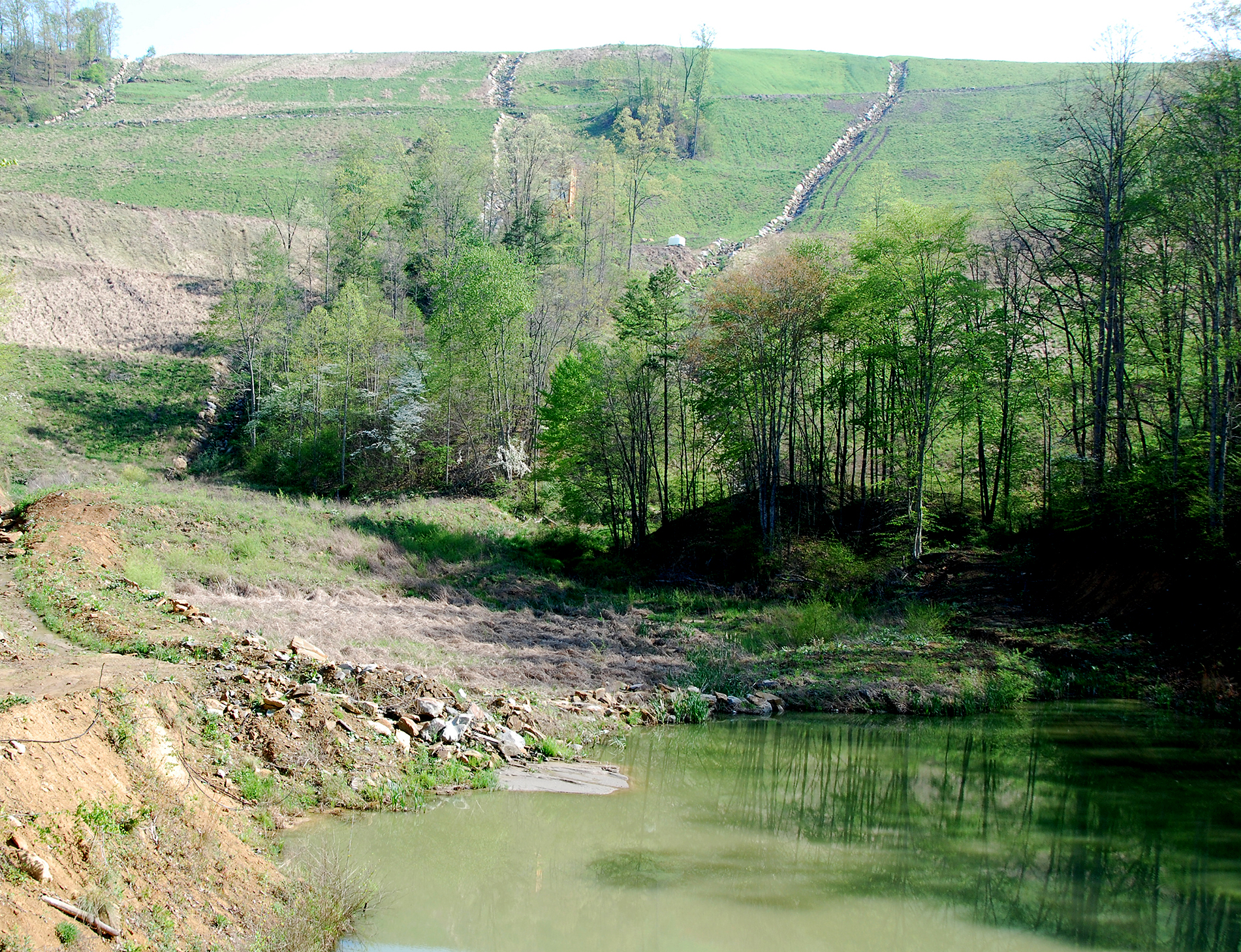
According to Project Drawdown research, an acre of multistrata agroforestry – essentially an overstory of taller trees and an understory of one or more layers of crops – can sequester as much as 2.8 tons of carbon per acre per year, with the added benefit of producing food. Agroforestry is well-suited to the steep slopes and degraded lands of coal country, but there are still unknowns about implementation and labor costs, processing and distribution, and market potential. It is hoped that the Letcher County pilot project will begin to address these unknowns and demonstrate the benefits of regenerative agriculture systems.
Shifting the Zeitgeist
The U.S. and IPCC climate reports make very clear that climate change will have dire consequences for our food systems. In a recent New Yorker article, Bill McKibben – lamenting the greed and myopia of the fossil fuel industry – writes, “The possibility of swift change lies in people coming together in movements large enough to shift the Zeitgeist”. Certainly, the expansion of regenerative land-based practices – urban green infrastructure; productive conservation; municipal climate resiliency planning; agroforestry; carbon farming; and more – are part of the change that needs to happen. Here’s hoping these movements grow in size and impact over the coming years.
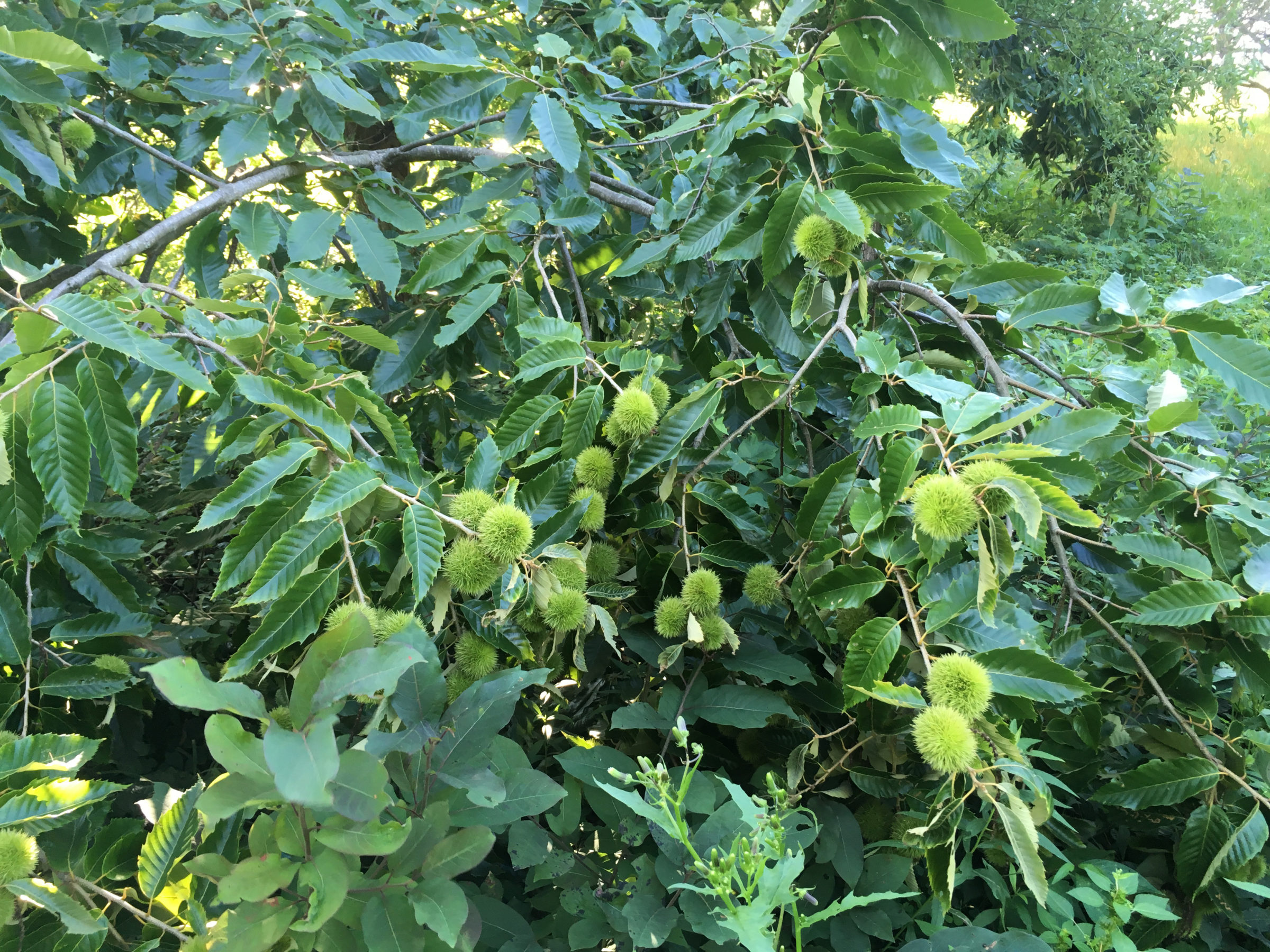
If you’re using regenerative land use practices to mitigate and adapt to climate change, let us know about it! And keep an eye out for info about next year’s Drawdown Event at the Omega Institute.

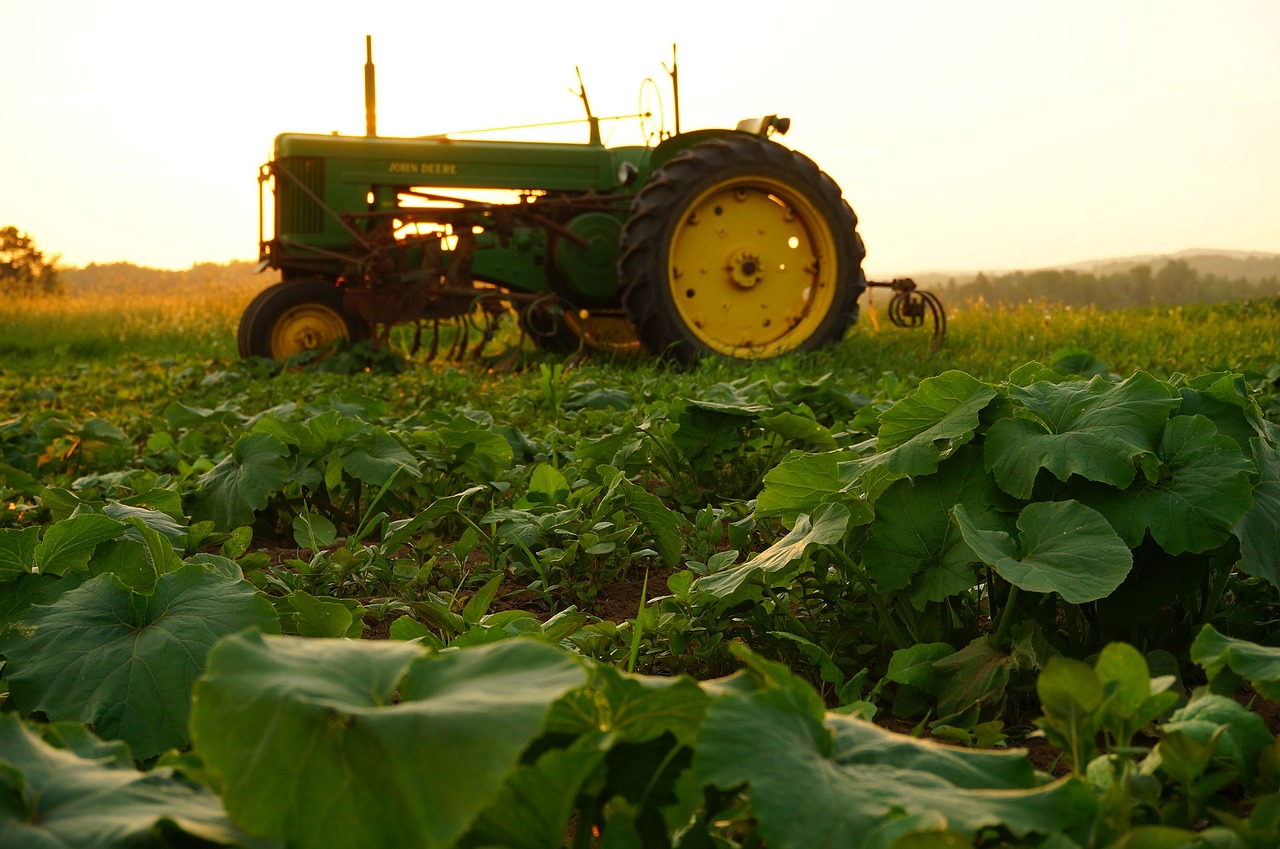

Comments (0)